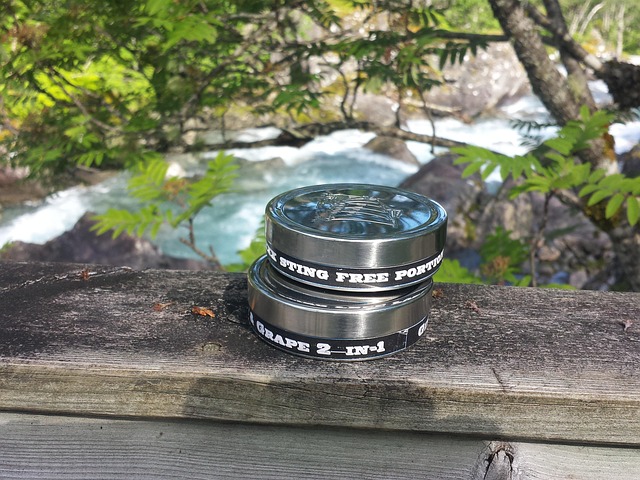San Antonio residents assessing water-damaged drywall after a flood should look for visible signs and use moisture meters to detect hidden damage. Prompt action is crucial to minimize extensive damage and mold growth. For minor issues, apply dry compound; extensive damage may require removing and replacing drywall. Specialized products and drying techniques, followed by patching, priming, and painting, offer water-damaged drywall repair tips for a seamless finish.
San Antonio residents know that rapid action is crucial after a flood. Assessing water-damaged drywall is the first step in effective wall and ceiling repair. This guide offers essential tips tailored for San Antonians on navigating post-flood restoration. Learn effective repair techniques to restore your home, from identifying damage in drywall to practical steps for both walls and ceilings. By understanding these processes, you can ensure a smoother, more successful recovery.
- Assessing Water Damage in Drywall
- Repair Techniques for Wall and Ceiling
- Restoring San Antonio Homes Post-Flood
Assessing Water Damage in Drywall

After a flood, assessing water-damaged drywall is a crucial first step for San Antonio residents. Start by inspecting visible signs of moisture or mold growth. Check for discolored spots, peeling wallpaper, or bulging drywall—all indicators of water infiltration. It’s essential to also smell for musty odors, which can signal hidden water damage beyond the naked eye’s reach.
Next, use a moisture meter to gauge humidity levels behind the walls and ceilings. This tool helps identify areas that may appear dry on the surface but are still retaining significant moisture, making them susceptible to mold growth and structural weakness over time. Keep in mind that prompt action is key—the faster you begin water-damaged drywall repair tips, the less likely it is for extensive damage to occur.
Repair Techniques for Wall and Ceiling

When it comes to water-damaged drywall repair in San Antonio, there are several techniques that can help restore your home to its pre-flood condition. For walls, one common approach is using a dry compound or spackling paste to patch holes and cracks caused by water intrusion. This method is ideal for smaller damage areas as it allows for quick drying and easy sanding once set.
For larger, more extensive water damage, an alternative technique involves removing the affected drywall completely and replacing it with new sheets. This ensures a thorough dry out and provides an opportunity to address any underlying structural issues. In between these two extremes, there are also specialized products designed specifically for repairing water-damaged drywall, offering faster drying times and better adhesion, which can be particularly beneficial for San Antonio residents facing flood damage.
Restoring San Antonio Homes Post-Flood

After a flood, San Antonio residents face a daunting task: restoring their homes. Water-damaged drywall is a common challenge, but with the right approach, it can be repaired effectively. The first step involves assessing the extent of damage and removing any wet or heavily soiled materials to prevent mold growth. This may include peeling back damaged wallpaper or removing saturated insulation.
Once the area is ready, professionals recommend using specialized drying techniques and equipment to expedite the process. Dehumidifiers and air movers are crucial tools in this regard. Following proper drying, skilled technicians can begin the water-damaged drywall repair, ensuring a seamless finish that blends with the surrounding walls. This involves careful patching, priming, and painting, addressing not just visual imperfections but also structural weaknesses caused by moisture intrusion.
After a flood, restoring your San Antonio home requires careful assessment and expert repair techniques. When dealing with water-damaged drywall, understanding the extent of the damage is crucial before beginning repairs. With the right tools and knowledge, San Antonio residents can effectively navigate the restoration process, ensuring their homes are safe and structurally sound once again. By implementing these wall and ceiling repair tips, you’ll be one step closer to revitalizing your property and creating a dry, comfortable living space.
